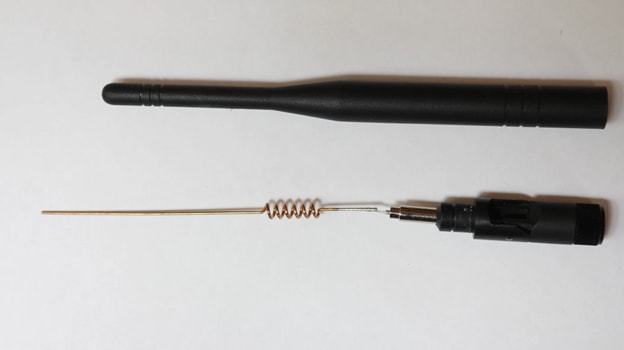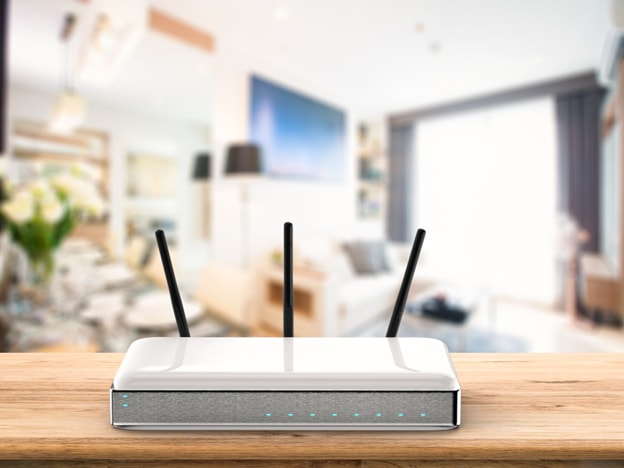How Does Wi-Fi Antenna Works?

It is expensive and inconvenient to keep buying internet bundles from the local service providers. Also, the bundles will be depleted faster since the internet has lots of great things to be learned that we all cannot afford to miss out on.
Additionally, you will want to watch your television that needs to be connected to a network.
Therefore, it is essential to have a Wi-Fi connection in your house and office to facilitate a strong and stable internet connection. When it comes to wireless local area networks, antennas are essential. The long range wifi antenna is responsible for transmitting a signal over a wide area.
Now let’s discuss more about Wi-Fi antennas.
Table of Contents
How Wi-Fi Antennas Function.
Devices that do not use wires utilize the presence of radio waves to pass communication wirelessly from one gadget to the other. These signals that are wireless are known as electromagnetic waves and they contain the information packets to be transmitted from one device to the next.
The functions of the Wi-Fi antennas are mainly two. They work by converting the electromagnetic waves that contain the information packets to electrical signals that can be processed by the device.
The other function is to convert these electrical signals to electromagnetic waves so the packets of information can be transmitted to the receiving device.
Wireless intercommunicating gadgets for example hotspots, tablets, laptops, smartphones, and wireless routers have antennas that make it easy for transmitting and receiving electromagnetic waves containing information packets.
Those responsible for receiving the electromagnetic waves that contain the information packets pick them up and transform these waves into signals that are electrical to be processed by the device.
After the information packets have been processed, the transmitting antennas now come into play. Their work is the conversion of electrical signals into the electromagnetic waves that are used in the transmission of the packets of information to the other device.
Wi-Fi Antennas Types.
There exist majorly two types of Wi-Fi antennas which are; directional and omnidirectional antennas. See this link to learn more https://rootsaid.com/wifi-antennas-explained/
Omnidirectional Antennas.
This type of antenna functions by radiating wifi signals over a wide area say an angle of 360 degrees. A great example to demonstrate the omnidirectional antenna is the light bulb that is incandescent and unshaped.
When the lights are switched on, the bulb lights every angle of the room evenly. The same works for omnidirectional antennas that distribute the signals evenly over the entire area.
Generally, the coverage area of an omnidirectional antenna is larger than the directional antenna. Nevertheless, the range of these antennas is shorter compared to the directional one.
In the example used above of the bulb, the bulb will light the entire room but it will not extend its light outside that particular room.

Omnidirectional Wi-Fi Antennas Types.
Outdoor Omnidirectional Antenna.
This type of omnidirectional antenna is used to enhance the signal of the Wi-Fi outdoor. A way they use to effectively enhance the wifi signal on the outside, these antennas are connected to an outside access point or a router.
- Ceiling Dome.
This type of antenna is connected to an access point or a router using a coaxial cable. For them to be installed in a warehouse, office building, or home, the cable enters the building through the ceiling.
- Dipole Antennas.
These are generally found on USB adapters, access points, and routers.
- Directional Antennas.
Just as the name implies, directional antennas put all their energy in a single direction. This type works similarly to a flashlight. When it is on, the place that receives the light is one focused on.
The radiation pattern of the flashlight is in the shape of a triangle, any other area that is outside the triangle shape does not receive any light.
Since these antennas focus their power on a particular direction, they are able to receive and send signals even from or to a long distance. However, they cover a small area.
In the flashlight example, the light can be shone over a long distance but it cannot be enough to light the entire room. This means that these antennas can send wifi signals in many rooms if they are in the same direction.
The types of directional antennas include; Yagi, mini panel, panel, parabolic grid, and CPE antenna. Click here to read more.
Bottom Line.
If you are facing the problem of a slow and unstable network connection in your home, the problem might be the place where you have positioned the router. Most people hide them in a drawer or behind the furniture as they argue that routers aren’t captivating.
Nevertheless, these locations are not ideal for your router as they disrupt the transmission of the signal. So, if you want the connection to be more stable and faster, you should consider transferring the router to a central position in your house.
Even if you think it does not match with other accessories in your house, you have no other choice unless you don’t need to enjoy the strong connection of a network you are paying for.






